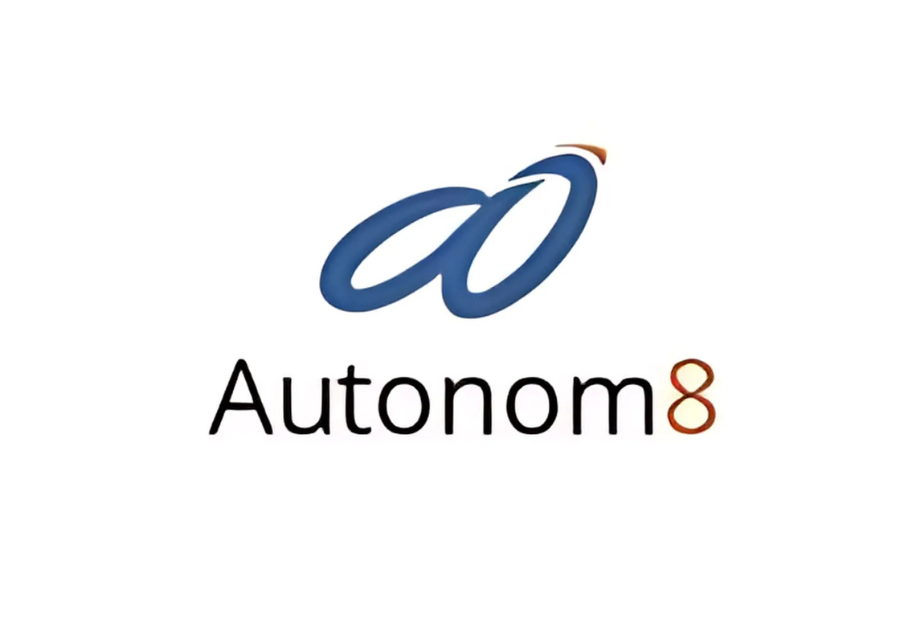Mobile shopping has become a trend and, with the virtual try-on feature, our shopping experience has become more unified. What was once a trend has now become a necessity, as more consumers are using smartphones for purchases, ranging from small items to big-ticket buys. In fact, nearly 79% of mobile users have made online purchases in the past six months.
Today, we’ll unveil the best practices to ensure your e-commerce website is fully optimized for mobile usage:
Responsive Design
Responsive web design ensures that your website adapts to different screen sizes and orientations, providing a unified experience across all devices.
It automatically adjusts your website’s layout based on the screen size, ensuring a smooth, user-friendly experience whether viewed on a phone, tablet, or desktop.
Test your website on various mobile devices and browsers to ensure it functions well. Tools like Google Mobile-Friendly Test can help.
Simplify Your Website Navigation
Mobile screens are smaller, and excessive clutter can confuse users, leading to a frustrating shopping experience. Simple navigation helps users find what they’re looking for quickly.
Keep your menu simple, focusing only on essential categories. Use a hamburger menu (three lines) to condense your navigation options.
Consider adding a sticky menu at the top, so users can easily access frequently used categories, regardless of their position on the page.
Optimize Images for Faster Loading
Mobile shoppers value speed. Slow-loading pages lead to higher bounce rates, and potential customers may leave before they even see your products.
Reduce image sizes without compromising quality by using tools like TinyPNG or ImageOptim. This helps your website load faster on mobile devices.
Implement lazy loading so images only load when they come into view, improving page load time, especially on image-heavy sites.
Speed Up Your Website
Site speed is directly tied to user experience, especially on mobile. A delay of even a few seconds can cause users to abandon their shopping carts.
Reduce the number of elements on your pages, such as images, scripts, and stylesheets, to decrease HTTP requests and speed up load times.
A Content Delivery Network (CDN) stores your website content across various global servers, ensuring faster delivery to mobile users, regardless of their location.
Simplify the Checkout Process
A complicated checkout process is a major barrier to mobile conversions. Streamlining the process reduces cart abandonment rates and boosts sales.
Instead of multiple steps, consolidate the entire checkout process into a single page for mobile users.
Allow customers to check out as guests, without requiring them to create an account. This makes the process quicker and simpler.
Enable autofill for payment and shipping fields to make checkout even more convenient.
Touchscreen-Friendly Design
Mobile shopping is all about touch, so designing with touch interactions in mind ensures an intuitive experience.
Make your buttons large enough for easy tapping without zooming in. A good rule of thumb is to make buttons at least 44px by 44px.
Ensure that your Call-To-Action (CTA) buttons, like “Add to Cart” or “Buy Now,” are large, easy to find, and simple to interact with.
Implement Mobile-Friendly Payment Methods
Mobile shoppers appreciate the convenience of simple and secure payment methods. Offering multiple mobile payment options increases the chances of conversion.
Integrate mobile payment systems such as Apple Pay, Google Pay, or PayPal. These options allow users to make quick and secure payments without entering lengthy details.
Ensure your payment process is secure by using trusted payment processors with encryption to reassure customers about data security.
Optimize Your Website for Mobile SEO
Mobile SEO is just as important as desktop SEO. A mobile-optimized website ranks higher on search engines, especially in mobile search results.
Ensure your website’s content is readable without zooming. Use large, readable fonts and avoid dense paragraphs.
Many mobile users search for nearby businesses, so use location-based keywords and set up your business profile on Google My Business for local SEO optimization.
Mobile-Specific Features to Enhance User Experience
Use geolocation features to personalize product recommendations based on a user’s location, such as suggesting local stores or highlighting available shipping options.
Mobile push notifications are an effective way to engage customers with discounts, sale alerts, or personalized recommendations.
Test, Monitor, and Improve
Constant testing and monitoring of your website’s mobile performance help identify areas for improvement and ensure an ongoing positive experience for mobile shoppers.
Regularly run A/B tests on mobile layouts, product pages, and checkout flows to optimize for mobile user preferences.
Use tools like Google Analytics to track mobile user behavior and identify any pain points in the mobile shopping journey.
In Conclusion
From grocery shopping to booking travel tickets, mobile shopping has gained immense popularity, and users now prefer to shop at their fingertips. By incorporating responsive design, simple navigation, and an easy checkout process, you can enhance user experience, increase conversions, and remain competitive in the digital world.
Start optimizing your e-commerce store for mobile shoppers today!
Also read: Viksit Workforce for a Viksit Bharat
Do Follow: The Mainstream formerly known as CIO News LinkedIn Account | The Mainstream formerly known as CIO News Facebook | The Mainstream formerly known as CIO News Youtube | The Mainstream formerly known as CIO News Twitter
About us:
The Mainstream formerly known as CIO News is a premier platform dedicated to delivering latest news, updates, and insights from the tech industry. With its strong foundation of intellectual property and thought leadership, the platform is well-positioned to stay ahead of the curve and lead conversations about how technology shapes our world. From its early days as CIO News to its rebranding as The Mainstream on November 28, 2024, it has been expanding its global reach, targeting key markets in the Middle East & Africa, ASEAN, the USA, and the UK. The Mainstream is a vision to put technology at the center of every conversation, inspiring professionals and organizations to embrace the future of tech.




